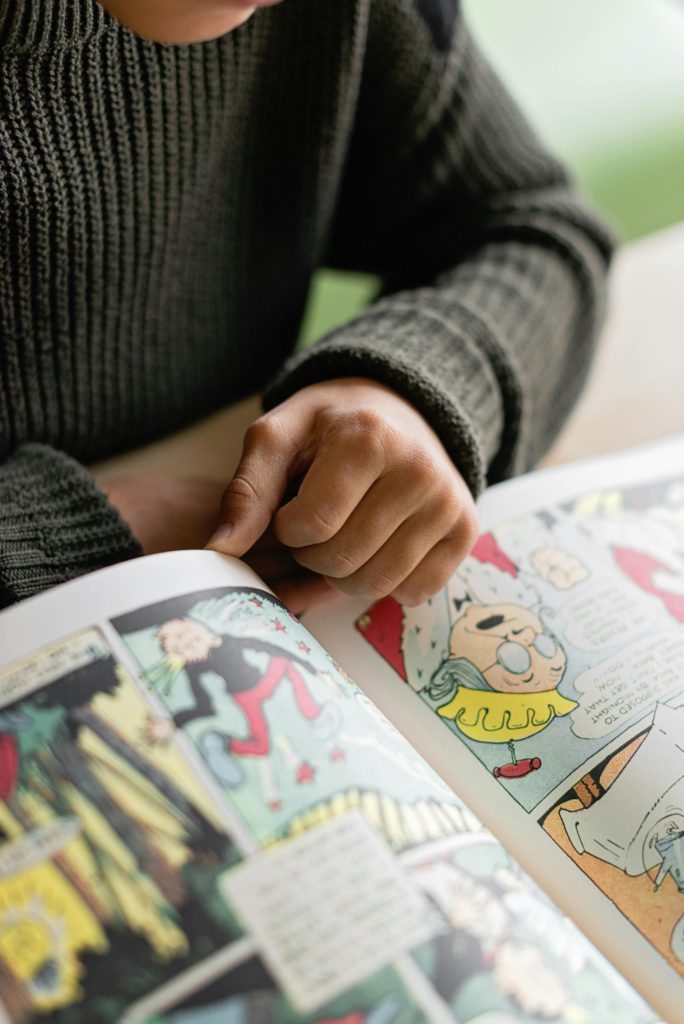Graphic novel illustrators are responsible for adding the artwork to stories. They have to portray emotion, feelings and action through their images.

Graphic novel illustrators are the creative minds behind the captivating visuals found in graphic novels, comic books, and other forms of sequential art. They play a crucial role in bringing stories to life, through their illustrations. Using a combination of drawing, colouring, and storytelling techniques to engage readers and immerse them in the narrative.
At its core, graphic novel illustration is about visually interpreting a story or script. In a way that is both compelling and coherent. Graphic novel illustrators work closely with writers, editors, and other members of the creative team. This is to develop the visual style and tone of the project. They carefully plan out each panel. Down to the last point.
Considering composition, perspective, and pacing to ensure that the artwork complements the story and enhances the reader’s experience. One of the key skills of a graphic novel illustrator is the ability to convey emotions, actions, and mood through their artwork. It’s about more than just drawing, they have to make people feel something.
Whether it’s capturing the intensity of a battle scene, the tenderness of a romantic moment, or the suspense of a cliffhanger, illustrators use facial expressions, body language, and dynamic compositions to evoke a wide range of emotions in the reader. They need to be able to get their thoughts onto paper, so others can imagine what they are.
Graphic novel illustrators tell a visual story
Graphic novel illustrators also have to be adept at creating visually interesting and dynamic compositions. They use techniques such as foreshortening, perspective, and varying panel sizes. This is to create depth and movement in their artwork. By carefully controlling the flow of the narrative through their illustrations, they guide the reader’s eye from panel to panel.
Therefore, ensuring a smooth and engaging reading experience. In addition to creating individual illustrations, graphic novel illustrators also need to consider how their artwork fits into the larger narrative structure of the book. They often work with page layouts, spreads, and visual storytelling techniques to create a cohesive and immersive reading experience.
This may involve experimenting with different panel arrangements, using visual motifs to reinforce themes, and adding recurring imagery to create visual continuity through the story. Advancements in technology have also expanded the possibilities for graphic novel illustration. With many illustrators including digital tools and techniques into their workflow.
Digital illustration software allows artists to work more efficiently, experiment with different styles and effects, and collaborate with writers and editors remotely. However, traditional methods of illustration, such as pen and ink or watercolour, still hold a special place in the world of graphic novel illustration. With many artists combining digital and traditional.
Graphic novel illustrators are skilled artists who play a vital role in bringing stories to life. All through their illustrations. With a combination of technical skill, as well as, artistic vision, and storytelling ability, they create visually stunning and emotionally resonant artwork. Work that captivates readers and immerses them in the world of the story.






